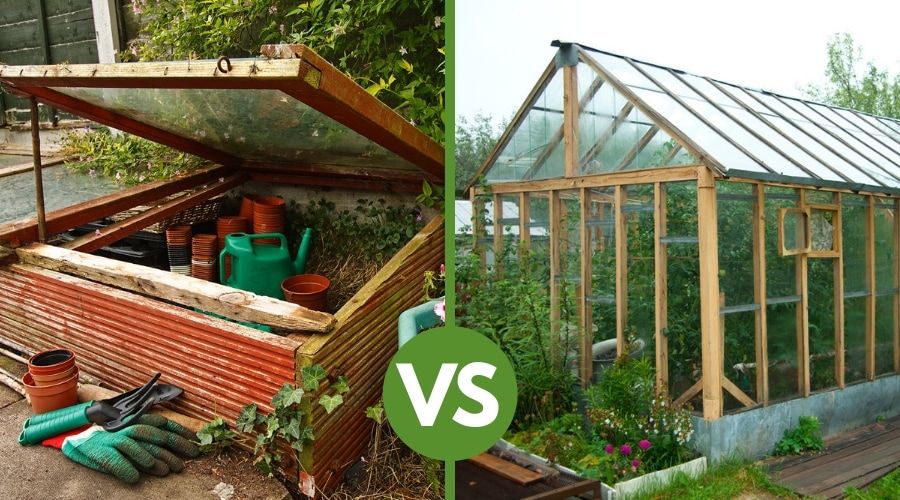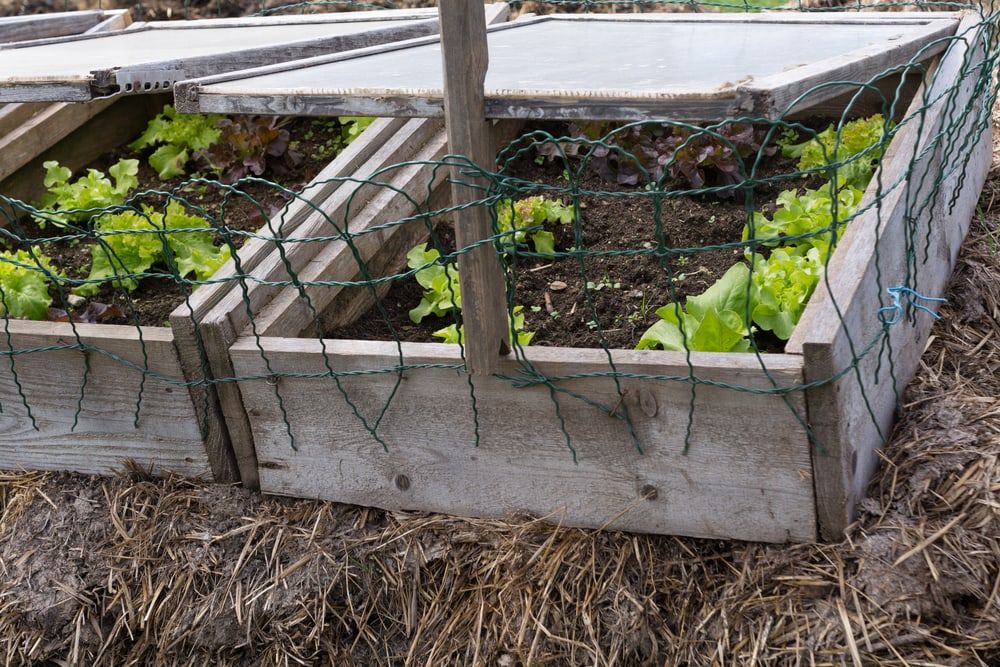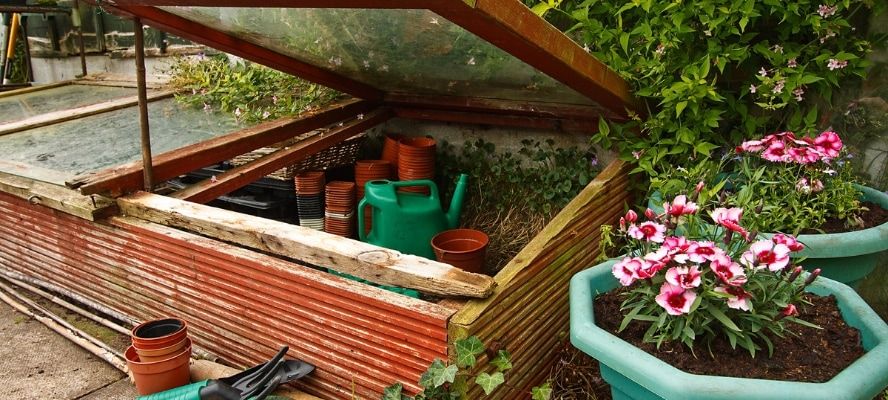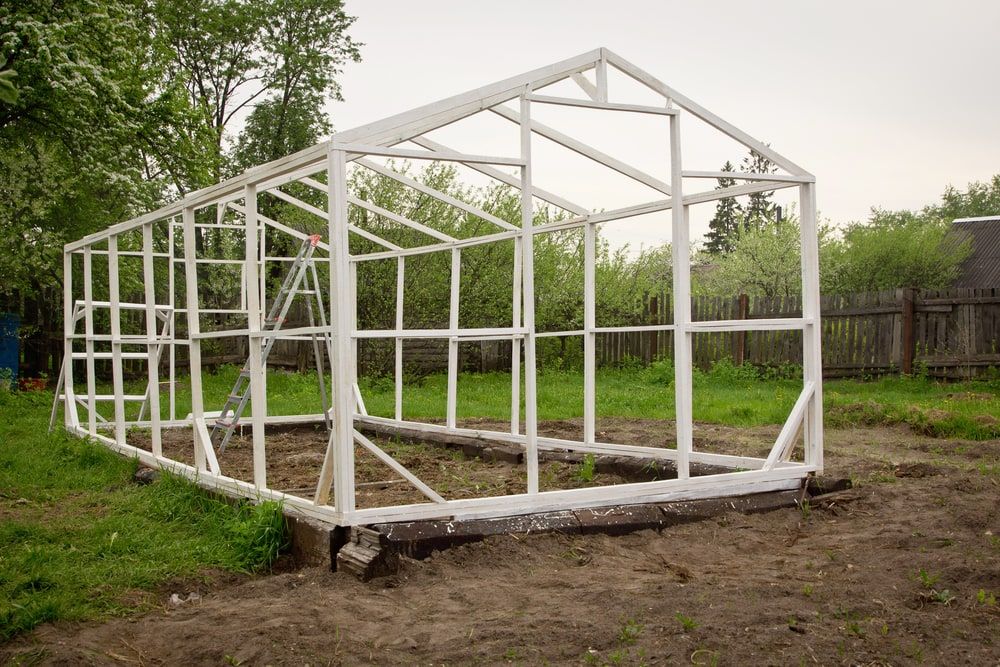Now that the colder months are just around the corner, you might be wondering how you can save your delicate plants from the frost or even how to ensure that those vegetable plants you have been cultivating all year will still be ready to go in the ground once spring is sprung. Not all hope is lost when you think outside the box and get a little creative!
Let’s Look Closer
There are ways to exercise your green thumb even when there is a foot of snow on the ground and the soil is frozen from the frost! With the use of an enclosed structure, you can protect your plants from damage due to frost and you can even continue to grow plants year-round. Some vegetables might even bear a harvest when grown properly in the right conditions and temperatures.
So how can you achieve this level of gardening year-round? With the use of a greenhouse or a cold frame. While similar, there are some key differences between a cold frame and a greenhouse. Curious about what those are? Well, you’ve come to the right place because we are going to break down a cold frame structure versus a greenhouse.
What Are the Pros and Cons of a Cold Frame and a Greenhouse?
The biggest similarity between a cold frame and a greenhouse would have to be that they are both enclosed structures whose primary purpose is to shelter plants and seedlings from winter conditions, such as cold winds, frost, sleet, and snow.
The biggest difference between a cold frame and a greenhouse is that a cold frame typically doesn't use a heat source and might only stand a few feet tall; whereas a greenhouse is a tall structure that has heating and ventilation systems for a year-round controllable climate.
Cold Frame vs. Greenhouse Comparison
|
Cold Frame |
Greenhouse |
|---|---|
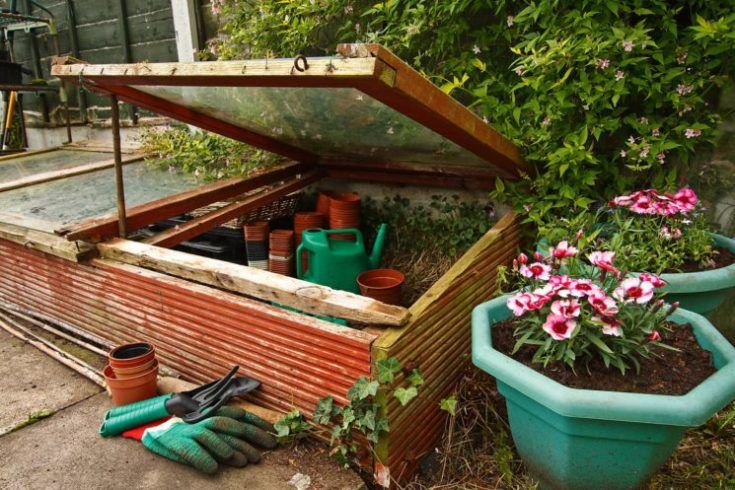
|

|
|
|
Cold Frame
Structure
A cold frame is an enclosed structure that is used primarily for the protection of plants and seedlings. The four walls are generally made of glass or wood with a removable glass or wooden top. The cold frame will have a more boxed-in shape and depending on how it is built, it could only stand as high as three feet or stretch as long as six feet.
Cold frames are usually placed against an existing structure to provide a higher level of shelter from the harsh climate changes that can happen during the winter months. Generally, heat is not used in a cold frame because those who want a heated structure will build a greenhouse if possible. The plants and vegetation that will be placed in the cold frame normally require some sort of protection, like burlap wrapping or they are plants that can survive in the colder temperatures of winter but will be revived fast in the spring. Heat can be used in a cold frame, and that source of heat can come from a bottle of warmed water to an actual heater.
Maintenance
There’s not a ton of maintenance involved with cold framing, aside from checking every day to make sure no debris or anything has built upon the surface. When covered, even in the slightest way, not enough sunlight can get through to the plants. This is especially so in the winter months when the top can get covered in snow.
Cost
The cost of building or buying a cold frame highly depends on just that; whether you’re building it or buying one already made. Premade models range in price from $30-$100, depending on size. If you’re building one, it really depends on the materials you use, but should really only range from $30-$150.
Greenhouse
Structure
A greenhouse is an enclosed structure that has four walls, a roof, a doorway, a heat source, and a ventilation system. Typically built out of wood or wooden braces covered with glass or industrial plastic, the greenhouse will be tall enough for a grown adult to comfortably move around inside. Greenhouses are typically shaped like a little house, hence the name, with a peaked roof and ventilation systems for air and heat.
Greenhouses can be placed against an existing structure, such as a home, but normally are built to be by themselves in a section of the yard. A greenhouse requires ventilation, so the air doesn’t become too warm or moist, but it also requires a constant heat source to prevent plants and seedlings from becoming damaged due to the cold temperatures. Serious greenhouses will also require a lighting system that mimics the sun rising during the day and setting in the evening allowing for approximately 12 hours of darkness. This, of course, depends on the plants inside and their growing schedule.
Maintenance
A greenhouse can be a high-maintenance addition to your yard as it needs to be shoveled out, the walls must be structurally sound without any leaks, and it must be kept decently clean so that no bacteria or mites affect the plants you are trying to grow. The plants inside will also have to follow the same schedule as they do when they are outside in the ground, with watering, pruning, and such.
Cost
Just like a cold frame, the cost of a greenhouse solely depends on whether you're buying a premade one or building one. A ready-made greenhouse kit can be purchased for $200-$2000, depending on the size, quality, and materials used. If you’re building one, you can really keep the cost down while maximizing the size for less than $500.
Conclusion
Now that we have educated ourselves on the similarities and differences between a cold frame and a greenhouse, we can make the best decision as to which one will benefit us the most in terms of our gardening needs. With a little bit of effort, supplies, and time; you can have a cold frame or greenhouse installed right in your own yard. Some hardware stores even sell ready-to-assemble structures or if you prefer to do it yourself, then building plans and supplies are available at any local building supply store (supplies) and even online (plans)!
Speak to your local garden expert if you are unsure what the best option would be for the vegetation and greenery that is planted in your yard. Determine what size would not only fit within your yard comfortably but also will fit whatever plants that you want to protect.
Gardening is a wonderful source of exercise and it shouldn’t have to stop just because there is snow on the ground. Invest in a cold frame or greenhouse today and you too can garden the winter blues away by surrounding yourself with nature!

